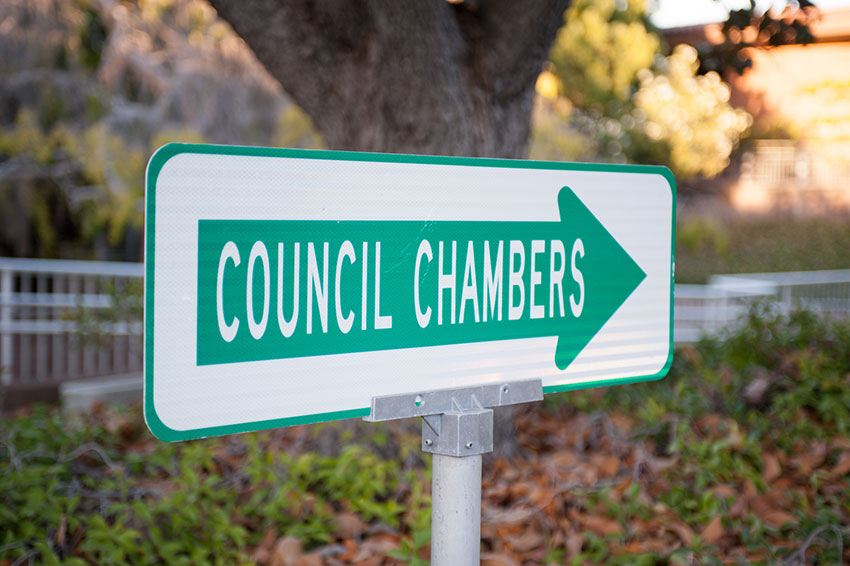Santa Clara’s hide-the-redevelopment-money maneuvers could come back to haunt the city in the form of cuts in core services such as education and pubic safety, as Gov. Jerry Brown advances his “realignment” of the state’s finances.
“It’s a shame that the community leadership is working to secure this funding [in RDA projects],” says Elizabeth Ashford, spokeswoman for the governor. “The governor’s plan is to make it [the money] available for police and schools, which are facing very deep cuts, to ensure that there is more local control over how this money is spent.”
Brown’s budget proposes “realigning” government responsibilities and funding based on core functions, eliminating duplication and overhead at the state level, and freeing local revenue to fund core services. Put more “concretely,” paving Santa Clara’s streets can be done most efficiently and effectively by city government, while building a highway from Eureka to San Diego is most efficiently accomplished by a statewide agency.
One example of how this realignment would work is Brown’s proposal to move responsibility for fire protection and medical emergency response in populated wildland areas – something that currently costs the state $250 million annually – to local governments. This is appropriate because, as the proposed budget says, these are the same entities “making land use decisions which result in housing development encroaching in wildland areas.”
Of course, revenue must accompany responsibility. And, as anyone who hasn’t been comatose for the last four months knows, one source of proposed funding for this realignment are property taxes currently flowing to redevelopment agencies. Brown’s budget estimates that, after paying existing redevelopment debt, this change alone will deliver $900 million in additional revenue to California’s local governments during 2012-2013.
RDA revenue – an estimated $6 billion annually – bypasses normal property tax distribution and goes directly to the RDA for redevelopment debt payments – currently $29 billion – investment in new projects, and other types of payments such as Santa Clara’s predevelopment work agreement with Stadco LLC, a business of the 49ers football team.
RDAs themselves are only a symptom of the California’s systemic financial problems. After Proposition 13 made it virtually impossible for municipal governments to raise taxes – requiring a 67 percent voter majority – redevelopment became an irresistible alternative for raising money, because RDAs can issue bonds backed by tax revenues without voter approval.
To change this dynamic, the governor’s plan also calls for a state constitutional amendment to require only a 55 percent majority vote for some tax increases and bond issues for redevelopment-type projects.
If cities race to tie up all their redevelopment revenue in new projects and debt, it won’t be there to pay for core services that will increasingly become cities’ responsibilities.
These cities will have to make some unpleasant and politically unpopular choices: raise taxes or cut other programs to fund these inarguably core government services, or stop providing them.
“The more that communities try to secure this money, ultimately the less they will have [for core services]. The money [will be] tied up with developers instead of core services,” says Brown spokeswoman Ashford.
Last Thursday, Brown signed a sheaf of legislation that, as he said in a press conference on the occasion, “solved $14 billion” of the deficit. The legislation to put the RDAs out of business, AB 101, was still under State Senate review.
You can read both a summary and the detail of Gov. Brown’s California state budget at www.ebudget.ca.gov. Brown’s “realignment” reasoning is found at www.ebudget.ca.gov/pdf/BudgetSummary/Realignment.pdf. Carolyn Schuk can be reached at cschuk@earthlink.net.



